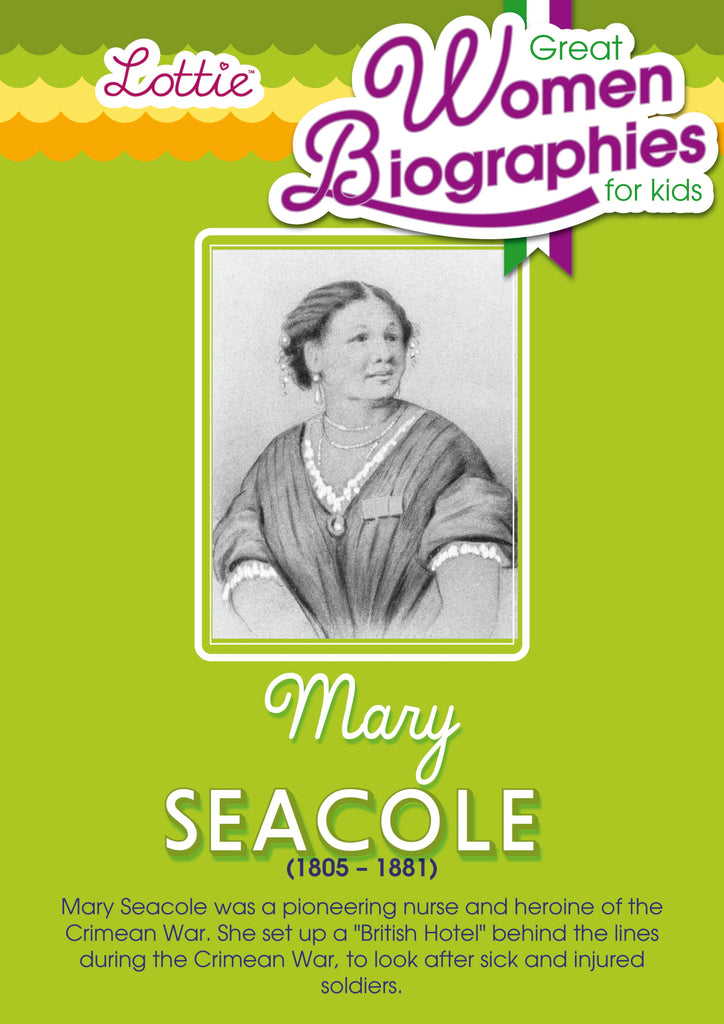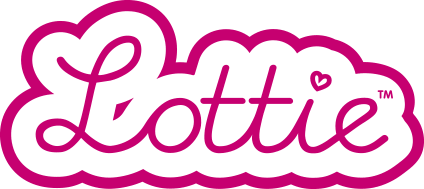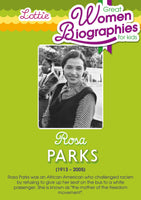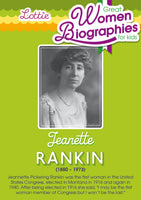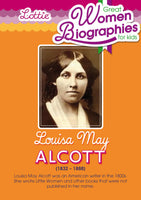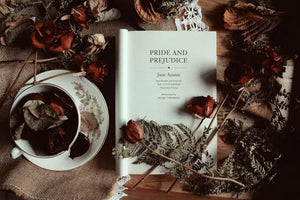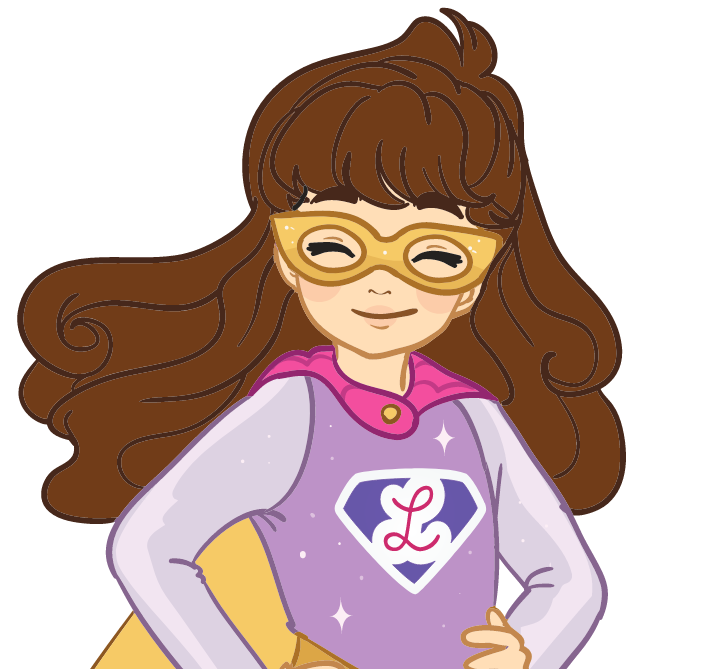Who was Mary Seacole?
Mary Seacole was a Jamaican nurse who cared for British soldiers during the Crimean War. The soldiers called her “Mother Seacole”.
5 facts you didn't know about Mary Seacole
1. Mary Seacole was creole
2. She learned nursing skills from her mother
3. She lost her husband and mother in 1844
4. Seacole treated cholera patient during the 1852 epidemic in Panama
5. She applied for a nursing position in the Crimean war but was rejected
Quotes from Mary Seacole
« I am a Creole, and have good Scotch blood coursing through my veins. Many people have traced to my Scottish blood that energy and activity which are not always found in the Creole race, and which have carried me to so many various scenes: and perhaps they are right. »
« I must say that I don’t appreciate your friend’s kind wishes with respect to my complexion. If it had been as dark as a nigger’s, I should have been just as happy and useful, and as much respected by those whose respect I value: and as to his offer of bleaching me, I should, even if it were practicable, decline it without any thanks. »
“Doubts and suspicions rose in my heart for the first and last time, thank Heaven. Was it possible that American prejudices against colour had some root here? Did these ladies shrink from accepting my aid because my blood flowed beneath a somewhat duskier skin than theirs?”
Biography
Mary's Childhood
On November 23, 1805, Mary was born in Kingston, Jamaica. Her mother was Jamaican; her father was a Scottish soldier. She had a brother Edward and a sister Louisa. Mary’s mother was a nurse and healer.
As a child, Mary played at being a nurse, with dolls and pet animals. As a
child, Mary was fascinated with medicine, and began learning about many traditional Caribbean and African medicines from her mother. Mary gained a wide knowledge in treating illnesses such as yellow fever. At the age of twelve, she was helping her mother. They nursed sick people. Many were British soldiers.
Mary achieved a good education and trained as a nurse.
Mary’s Travels
In 1836 she married Edwin Horatio Seacole. The two stayed in Jamaica and ran a shop together but Mary often had to look after Edwin because he was very ill.
Mary had a lot of tragedy in her life. The boarding house that she worked
in with her mother burned down and had to be rebuilt. Then Edwin and her mother both died. These were sad times for Mary. After the boarding house was built again, Mary worked there for several years continuing to look after the soldiers who came to stay
Mary also travelled to Panama to help her brother run a hotel. Many of the people who lived in Panama were suffering from a very serious illness called cholera. Mary nursed them back to health. As more people became better, more people got to hear of the good work that Mary was doing.
Mary and the Crimean War
In 1853 there was a great battle between Russia and Turkey. The battle is known as the Crimean War. Britain and France chose to help Turkey. When the soldiers from Britain went to Turkey they began to get sick with cholera. As Mary had experience as a nurse, she decided to travel to London to see whether she could help the British soldiers.
When Mary tried to join a team of nurses led by Florence Nightingale, she was refused, even though she had helped a lot of people. But Mary would not give up. Mary decided to travel to Crimea using her own money.
British Hotel
After terrible battles during the War, many soldiers were wounded, but not being looked after. Many more were sick. The men were cold, dirty and hungry. Soldiers had to buy their own food. The Army did not look after them.
Mary Seacole opened the “British Hotel”. It was a hut made of metal sheets.
The hotel served hot food and drinks. Mary’s store sold warm clothes, blankets, boots and saddles for horses. She bought vegetables from the local market. She nursed sick and wounded men in their huts and on thebattlefield.
Mary Seacole cooked food the soldiers liked, such as stew and rice pudding. She nursed sick soldiers so kindly they called her ‘Mother Seacole’.
Visitors coming to see the battlefields came to visit the hotel. One visitor was the famous French chef, Alexis Soyer. He was helping Florence Nightingale. He told everyone about the good work “Mother Seacole” was doing.
The War Ends
By 1856, the war had ended. Mary returned back to England where she opened a food store at in Hampshire but there wasn’t enough money to keep it running. Mary began writing her very own book about her life. She named it ‘The Wonderful Adventures of Mary Seacole’.
Mary Seacole died in London on 14th May 1881.
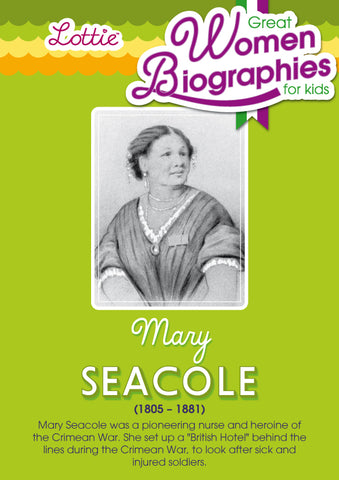
Download this biography for kids
![]() Fast Shipping*
Fast Shipping*![]() Subscribe to our Newsletter
Subscribe to our Newsletter![]() 🌟 A Walk in the Park Lottie Doll 🌟
🌟 A Walk in the Park Lottie Doll 🌟